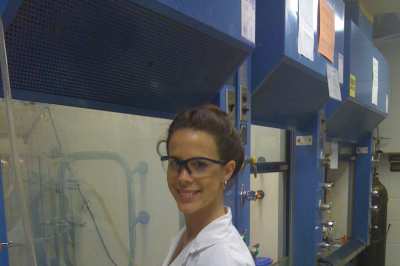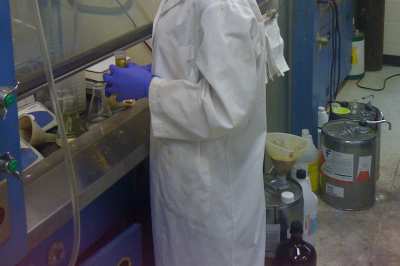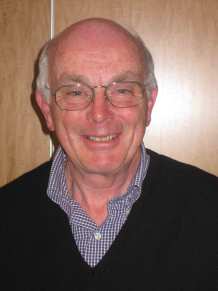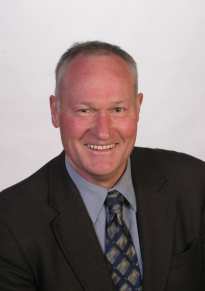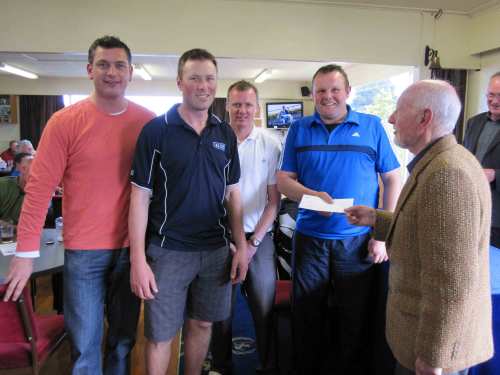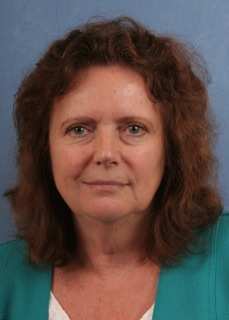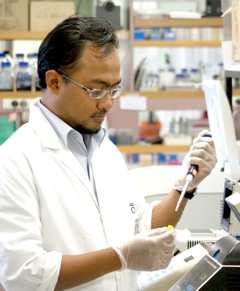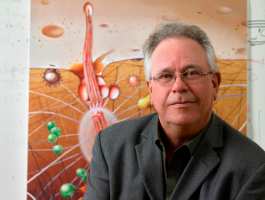mifa.org.au
helping families & friends find better ways Psychiatric medications finding the appropriate medication and • possible side effects and what should The experience of mental illness can have dosage, and in talking through concerns be done if they occur; a profound impact upon people's work, about side effects. • how long will it be necessary to take the family and social lives, as well as on

